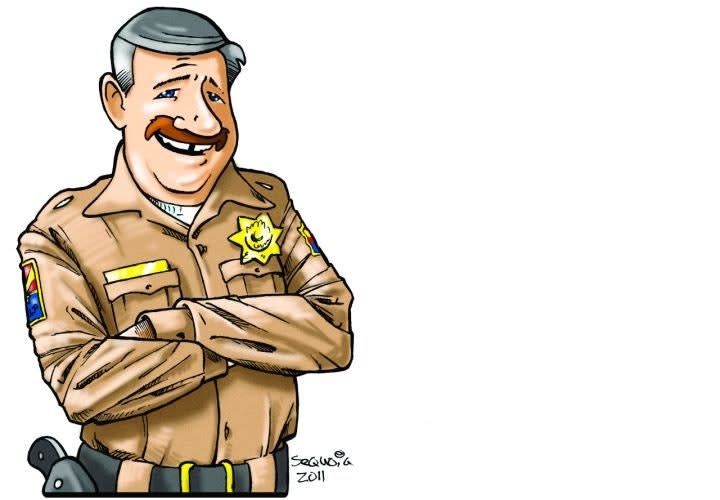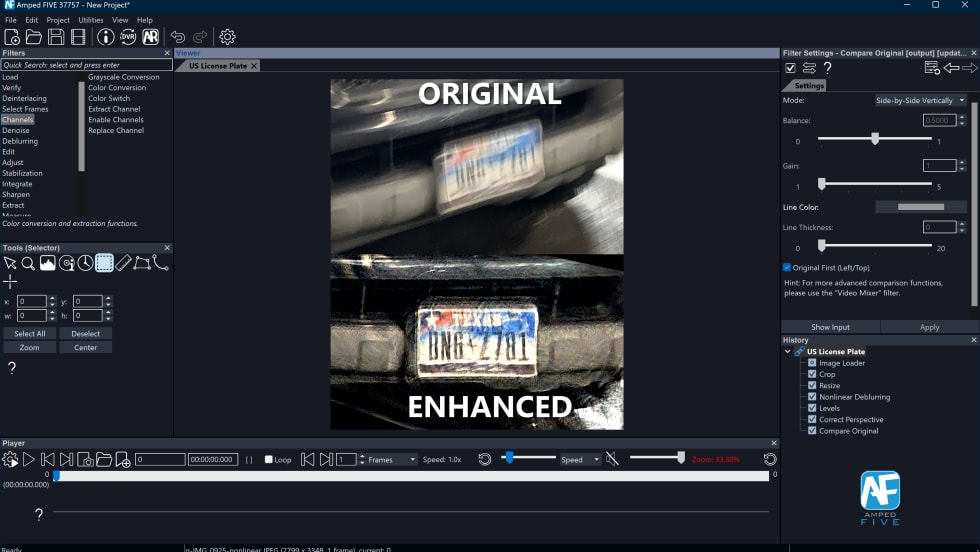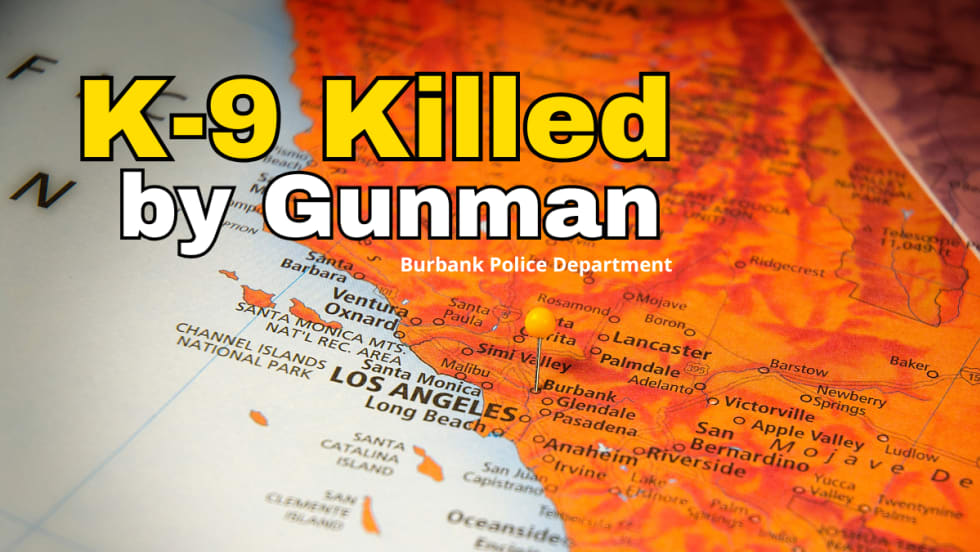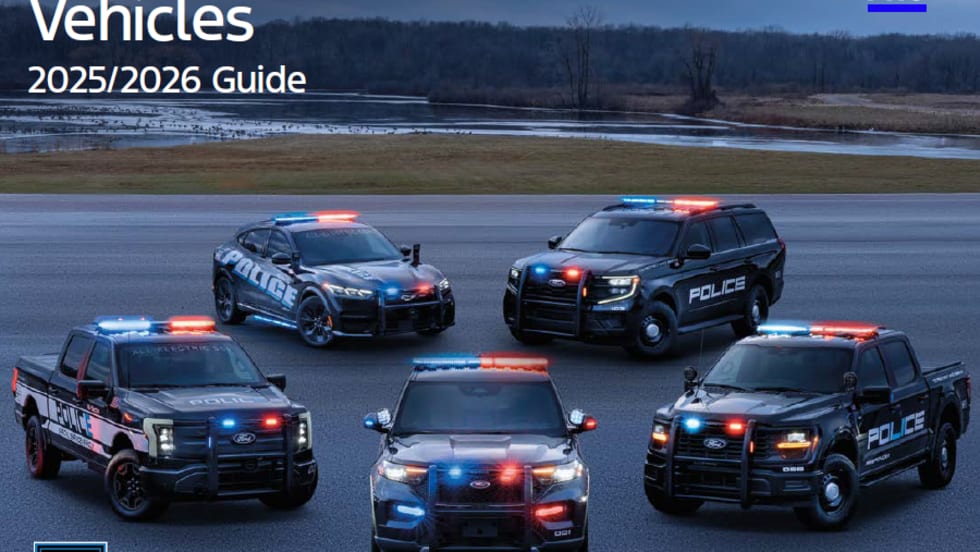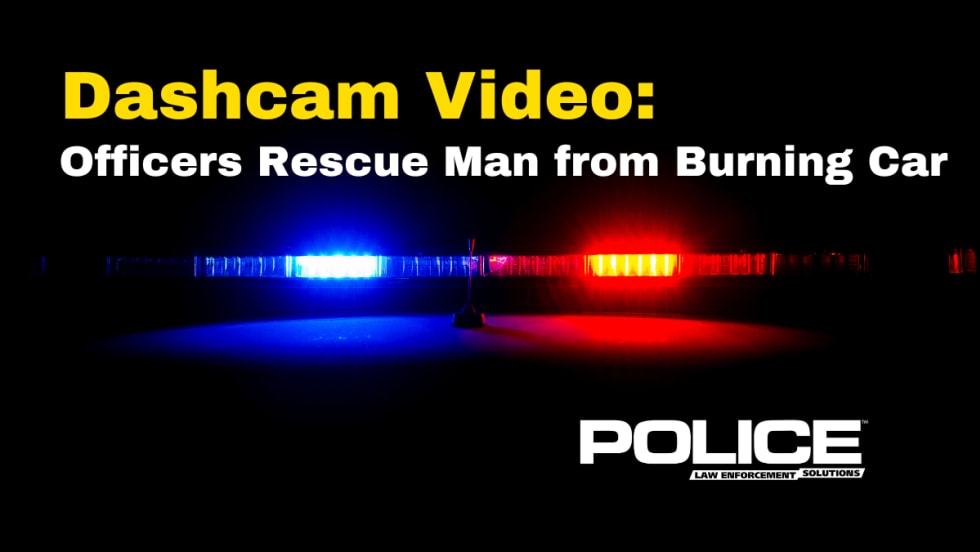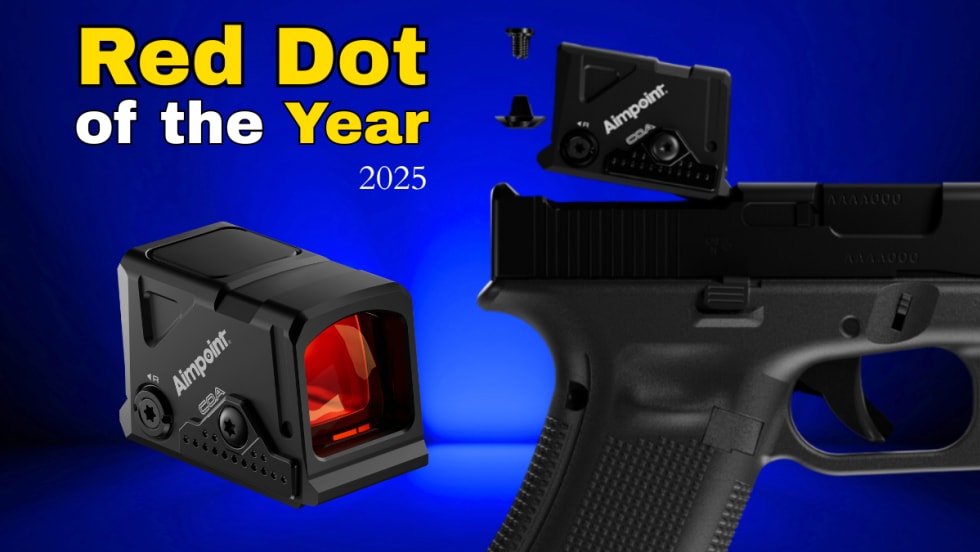That being said, and knowing tactical breathing has been around for decades, I have become concerned watching all the body camera videos I review for use in my "Reality Training" videos. Repeatedly in critical incidents, I hear the sounds of the officer instead doing "bellows breathing." Bellows breathing is the taking of rapid shallow breaths that is symptomatic of intense tension and stress; shoulders often rise and fall rapidly as blood pressure increases, vision narrows, decision-making degrades, and fine motor skills drop off dramatically. Bad news.
I might have shrugged off a lot of my concern if I was hearing bellows breathing in just young officers, but several SWAT videos provided intense examples of highly trained, veteran officers sounding like they were on the verge of hyperventilating. Concerned, I asked my wife, the Sarge, to look at a couple examples and she agreed it was something to be on the lookout for if the trend continued … and it did.
Then the Sarge came to me with an article about dogs responding to "anxiety reducing compression shirts" in a way that turns them into "anxiety increasing compression shirts." The slight compression caused by the shirts is supposed to cause deep breaths; instead the dogs are falling into short shallow breaths, increasing their fear…bellows breathing. She speculated that perhaps our body armor could act in this way through its compression and cause officers to take shallow, rather than deep, breaths. Whoa.
Now, she has always been a big believer in body armor, and has written about the importance of fit, and maintenance of your vest. Could a too tight vest affect performance, leading to shallow breathing? Almost on cue, a veteran officer who had read one of her articles on proper fit for your vest wrote her to tell how he had had an extended respiratory illness exacerbated by the fact that his vest had conditioned him to use shallow breathing on and off duty.
This is a side effect none of us ever thought about, but one that needs to be addressed. Does your vest fit properly? Even if it does, has the gentle pressure of the armor caused you to modify your breathing habits? How often do you practice tactical breathing? All skills are perishable and need to be refreshed from time to time, and practicing the ones that give us an edge in the various threats we face is an essential task.
So here are your action steps, whether rookie or veteran, patrol or investigations, officer or chief: 1. Check the fit on your body armor and adjust it if necessary. 2. Practice your tactical breathing regularly, both in and out of your body armor. 3. Monitor yourself in critical situations to make sure you are not falling into bellows breathing; remember, all you have to do to stop it is initiate Tactical Breathing. 4. Promote this among your brothers and sisters to help them stay safe. 5. Believe in what you do; you are a critical element for a free society. Thank you.



